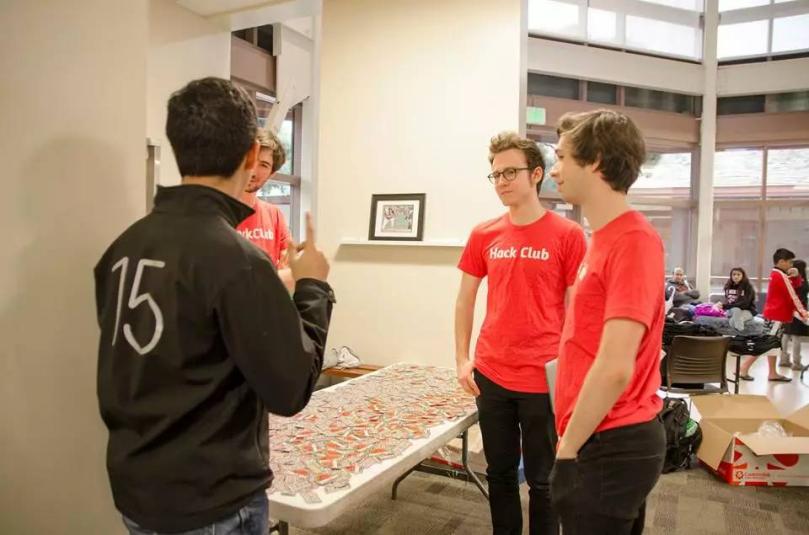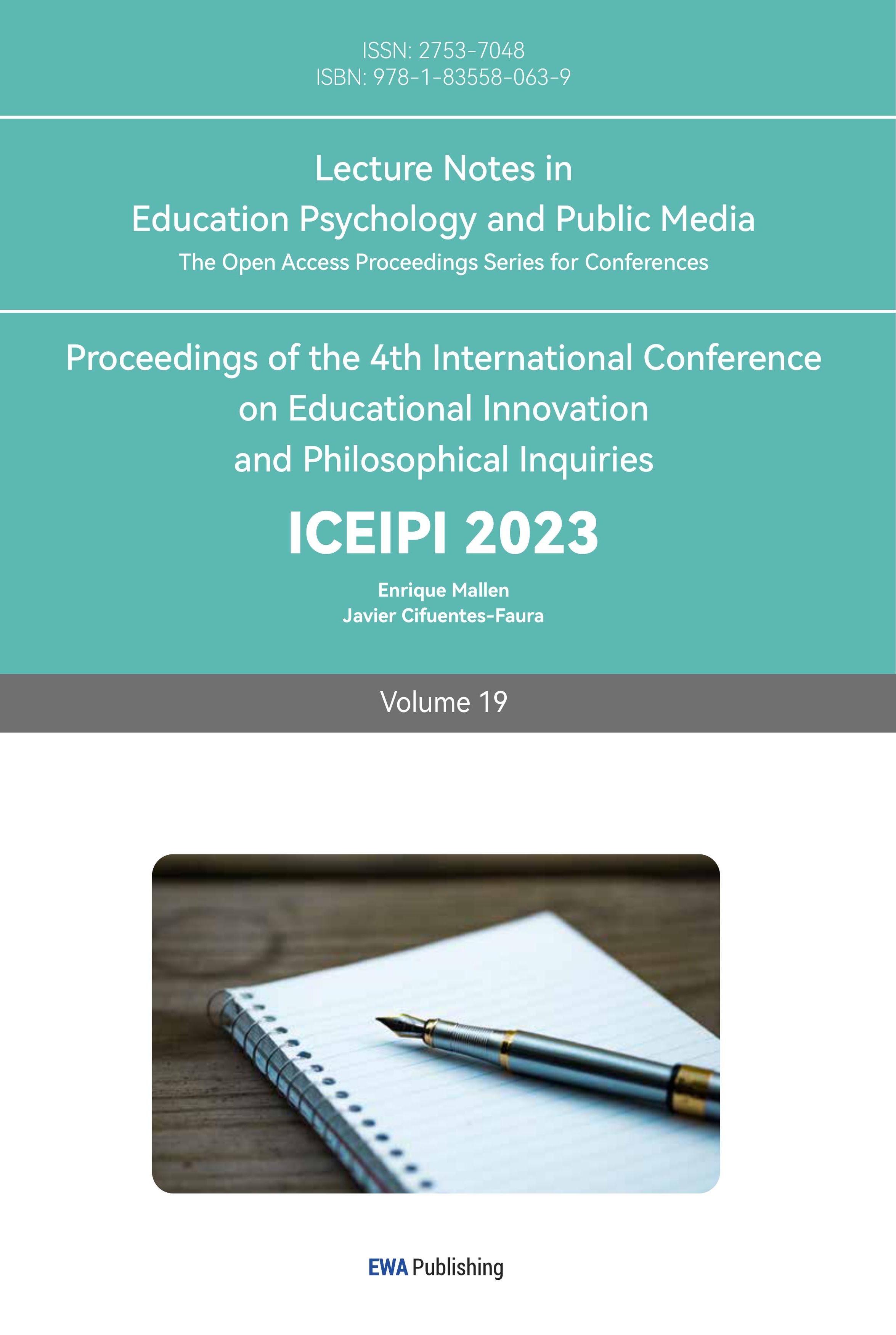1. Introduction
In many developed countries, such as the United States and the United Kingdom, students are already exposed to computer education during their secondary school years. However, in some developing countries, students need to enter university to learn some basic technology in the field of computing. The research topic of this paper is the application of computers in high school mathematics. This paper explores the current problems in teaching programming in high school and tries to provide solutions to the problems. The research was conducted by using the method of finding information from. The in-depth study can provide a reference for the better use of computers in high schools. At the same time, this study contributes to the achievement of new educational goals and the development of more modern human resources.
2. Existing Challenges
Currently, programming education is being widely popularized in high school education. However, there are numerous problems with this process. This study classifies these problems into the following four categories.
Firstly, the lack of resources and facilities is a common problem at the high school level. Many schools have limited investment in computer equipment, software, and networking, resulting in students not taking full advantage of programming as an opportunity to gain deeper knowledge in the field of mathematics. This imbalance in resources has been shown through research to affect students' programming skills and creativity development [1]. For example, especially in remote areas, there may be only one device or even no device in the whole school. Even when the staff is available and the software is all in place, it is simply not possible to achieve universal access to programming courses without equipment. So, the lack of equipment is the primary problem to be solved.
Secondly, the poor integration of programming education with practical applications is also a problem. This is because students may find programming abstract and uninteresting, which leads to their inability to relate it to real-world problems and scenarios. Research has shown that integrating programming with practical applications can enhance students' motivation and interest in learning [2]. In contrast, boring theory reduces students' interest in learning, and when motivation and interest in learning are reduced, students subjectively avoid such learning or passively accept some boring theory, which leads to low programming scores. In turn, low programming performance will further reduce students' interest in learning, thus forming a vicious circle. So combining programming theory with time is also a problem to be solved.
Thirdly, teachers' programming skills and teaching experience are also important issues. Many schools lack teachers with programming knowledge and teaching experience, which limits the quality and effectiveness of programming lessons. For example, in China, most teachers are not exposed to programming education, and if they are suddenly asked to tutor programming, students may get the wrong knowledge and will not reap the benefits of quality lessons. Studies have shown that teachers' expertise and teaching methods have a significant impact on students' programming learning outcomes [3].
Finally, programming education needs to keep pace with industry trends and technological developments. Computer technology is evolving rapidly, with new programming languages (e.g. C++) and tools emerging. In a society where programming education in high school would largely render students obsolete in their college studies, industry leaders need to make more advanced technology work for greater benefit.
3. Solution Measures
Firstly, the government should invest more in the teaching of programming and rationalize the resources in urban and rural areas so that more students who do not have access to programming can have the opportunity to learn programming and apply it to the field of mathematics. In addition to the investment from governments, a corresponding special mechanism for special funds can be established. The payment for computer hardware configuration should be the responsibility of a special department or personnel, and the corresponding personnel should be responsible for unified procurement to ensure that the money can be used in the corresponding procurement. At the same time, the school should also regularly maintain the machines that have been received, etc.
Secondly, to face the problem that programming education needs to be poorly integrated with practical applications, programming courses should focus on practical applications, such as carrying out projects, writing practical programs or collaborating with industry for practice, so that students can see the practical applications and value of programming [4].

Figure 1: Silicon Valley Middle School Student Programming Contest.
For example, students can participate in the programming competitions like NOIP, in this way, students can add some scores in their GaoKao if they can get the first prize in these competitions. As is shown in Figure 1, there is a programming contest in silicon valley. Through a combined approach, students will adapt faster at the working level and be more knowledgeable about how to apply code to their own work.
Thirdly, the background information is that in 2018, there was a shortage of more than 3 million teachers in China's STEAM education industry, among which the shortage of teachers in the children's programming track was particularly serious, with the teacher-to-school ratio once reaching 1:200 or even 1:500 [5]. To address the issue of the educational experience of programming teachers, the government should subsidize schools to provide appropriate training opportunities for programming teachers and math teachers to help them improve their programming skills, and cooperate with professional programming education institutions to bring in professional programming teachers to teach relevant courses [6]. At the same time, the salary is also needed to be raised up so that schools can absorb and keep the talented teachers which can help students learn programming. Through this method, teachers will not be helpless in programming education, but will be more knowledgeable about the field for children.
Finally, the inability to integrate programming education with today's industry developments is also a major issue. However, schools can partner with a wide range of industries and connect with technology companies, professional organizations, and communities to provide real-time programming education training and updated teaching resources to ensure that students have access to the latest programming knowledge and skills [7].
4. Conclusion
This paper examines how programming education can be combined with mathematics in Chinese high schools and draws out the problems faced today. Based on feasibility, this paper proposes solutions to four types of problems, including that investment and special mechanism should be established by governments to deal with the lack of opportunities for students, schools need to cooperate with the local industries to allow students to learn how to utilize skills in practical applications, subsidy needed to be given to schools to absorb the talented teachers, connection should be constructed to ensure students can learn the latest skills of programming, hoping to make an effort to the development of educational innovation and the cultivation of talents. The shortcoming of this paper is that it does not fully consider the various types of problems, but only argues with four prominent ones.



